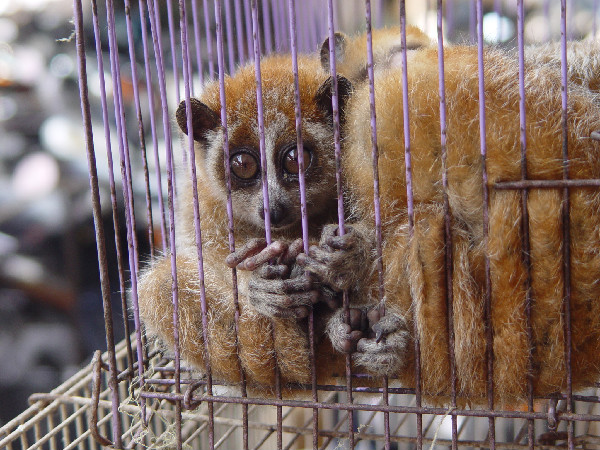Mob Wipes Out Elephants, Tigers & Rhinos

Some of the world's most charismatic and beloved species, including rhinos, tigers and elephants, are threatened by organized crime, which thwarts law enforcement to feed the illegal market for wildlife parts, according to a conservationist.
Criminals have managed to prey upon wildlife and transport their black-market goods using sophisticated methods, such as hiding them in special compartments in shipping containers, and rapidly changing smuggling routes and e-commerce locations that are difficult to detect, according to Elizabeth Bennett, a conservationist with the Wildlife Conservation Society.
"We are failing to conserve some of the world's most beloved and charismatic species," Bennett said. "We are rapidly losing big, spectacular animals to an entirely new type of trade driven by criminalized syndicates. It is deeply alarming, and the world is not yet taking it seriously."[Gallery: Tiger Species of the World]
Wealthy East Asian markets drive much of the trade, she said.
South Africa lost almost 230 rhinoceroses to poaching from January through October 2010; and fewer than 3,500 tigers roam in the wild, occupying less than 7 percent of their historic range, according to Bennett.
While exact figures on animals poached is tricky, government seizures give some indication of the level of operation. For instance:
- In 2007, near the China border, Russian authorities seized 332 tiger bones and two tiger skulls, 531 saiga horns and 283 Asiatic black bear paws;
- In February 2010, 239 African elephant tusks were seized at Bangkok International Airport;
- Nearly 400 tons (361.4 tonnes) of ivory was seized globally between 1989 and 2009.
In the short term, law enforcement needs more highly trained, well-equipped staff, sniffer dogs, DNA tests and smartphone apps with species identification programs. In the long term, wildlife smuggling must be treated as a serious crime.
Sign up for the Live Science daily newsletter now
Get the world’s most fascinating discoveries delivered straight to your inbox.
Bennett sees encouraging signs from the United Nations Office on Drugs and Crime in Asia, which has listed wildlife crime as one of its core focuses, and the International Consortium on Combating Wildlife Crime.
The research was published recently (June 7) online in the journal Oryx.
You can follow LiveScience writer Wynne Parry on Twitter @Wynne_Parry. Follow LiveScience for the latest in science news and discoveries on Twitter @livescience and on Facebook.











